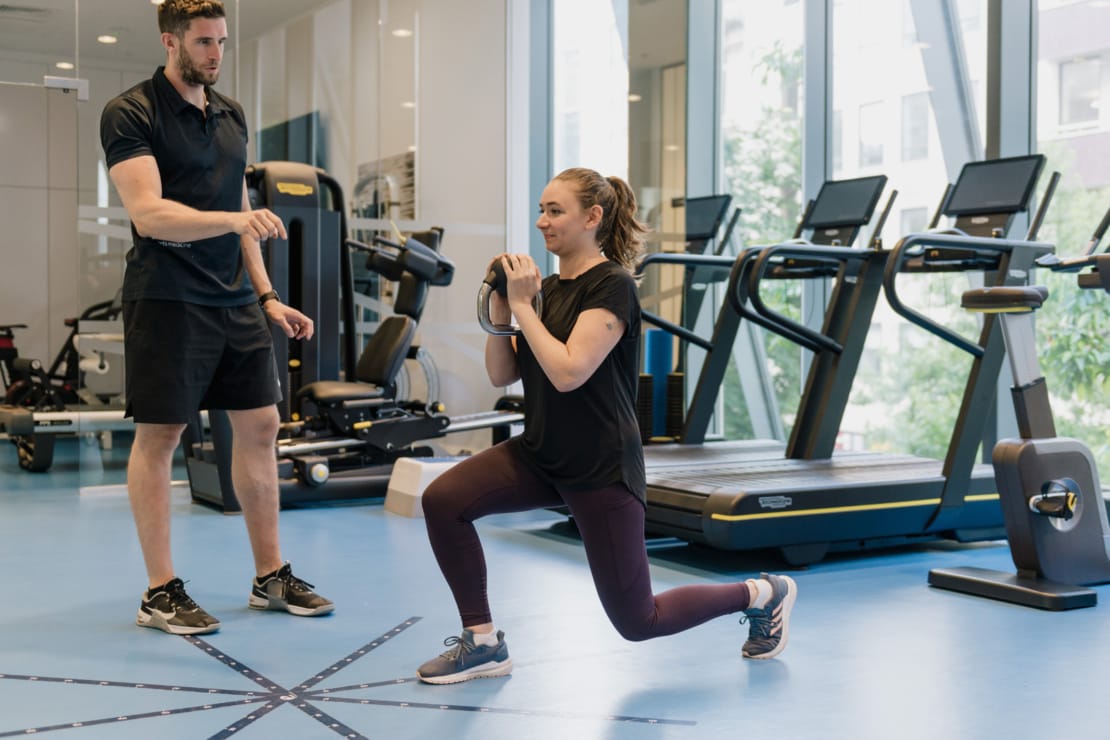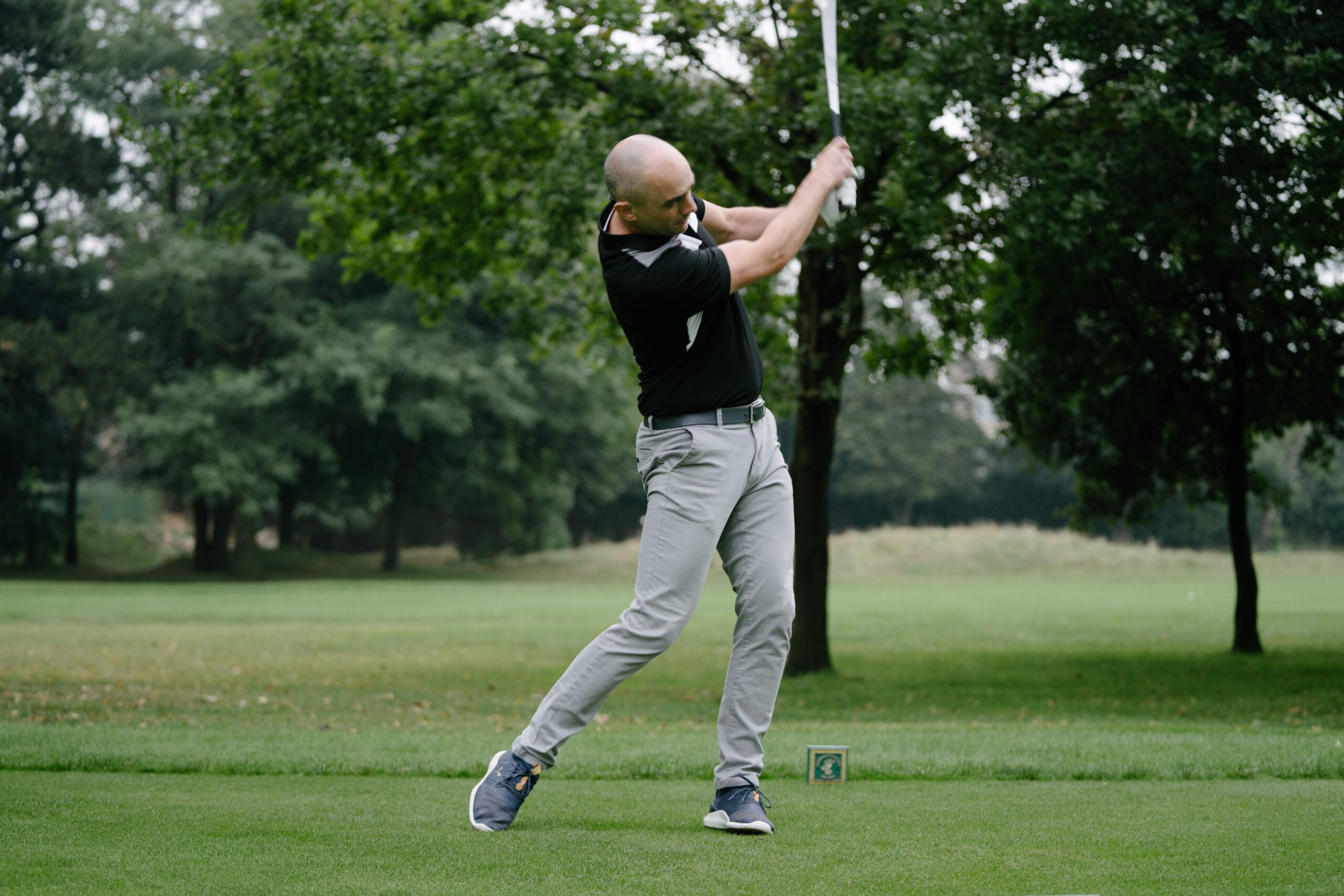Strength Training for a Longer Life – Where to Start?

Pure Sports Medicine
- 13 February, 2019
- Strength & Conditioning
- 3 min read
As a society we’re becoming more health conscious; more people than ever are running, joining group training classes and signing up to sporting events and challenges.

Exercise is commonly viewed as cardiovascular training, so strength training can often be overlooked as a tool for everyone to use.The weights section of the gym can seem more intimidating than the treadmill or cross trainer, but it needn’t.
Where can strength training fit into your life?
Aside from more obvious traumatic or repetitive events leading to an injury, many niggles and injuries are a result of a weakness somewhere causing either muscle/tendon/bone to be used too much outside of its role within the body, or muscle/tendon/bone around the weak muscle(s) to become injured.
Muscle is the only thing we can control with regards to everyday movement and exercise. If you seek advice from a medical practitioner they may tell you to get stronger, because with strength training you can improve the muscles around the injury site to prevent injury.
By improving the muscles or muscle around the injured body part, you also decrease your chances of re-injuring again. If you were to write out all the factors that predict re-injuring the same body part, your previous injuries are at the top of that list.
As we age, we start to lose the amount of muscle our body holds; our joints lose their ability to bend and our bones become smaller and weaker. As a result of these changes we are more prone to injuries and health implications.
Within the world of health science, we have amazing researchers such as Konstantinos Volaklis and Kate Duchowny alike who have researched the contributing factors to the causes of mortality. Their findings alongside physiology researchers (people that research stuff that happens in the body) have found that strength and how strong you are is a strong predictor of how long you will live.
This simply highlights the under-appreciated role strength training plays in living longer. Alongside our cardiovascular training, weight training should be a priority.
Where to start?
The way I describe strength training to make it manageable is; every exercise you can do in the gym is a movement. Spend time learning how to do the movement and make sure you can feel the muscles it’s designed to work, then add a bit of weight to challenge that movement but not change the way it looks or feels. That is strength training.
A nice start point may simply be picking exercises that can help improve you quality of life and make the tasks you do every day easier.
Tasks such as; picking up your child, opening and closing doors, carrying the shopping or tying your shoe laces, can all be made easier by strength exercises in the gym. For example: deadlifts, cable rows and press ups.
However, gym exercises are movements you can easily get wrong, as everybody is unique and moves differently. The most important thing is to make sure the muscles that the exercise is designed for are working correctly.
You put your precious time in to strength training, so you want to ensure you get a good return on your investment.
How can a Strength & Conditioning Coach help?
A professional Strength and Conditioning Coach will be able to make sure the movements and exercises you are doing in the gym are safe, correct and appropriate for you and your goals. They are also able to create a personalised programme with your goals in mind.
Look at each strength training session as a short term investment for your health, a medium term investment to becoming stronger and a long-term investment to living longer.

Advice
Over the last 20+ years our experts have helped more than 100,000 patients, but we don’t stop there. We also like to share our knowledge and insight to help people lead healthier lives, and here you will find our extensive library of advice on a variety of topics to help you do the same.
OUR ADVICE HUBS See all Advice Hubs

